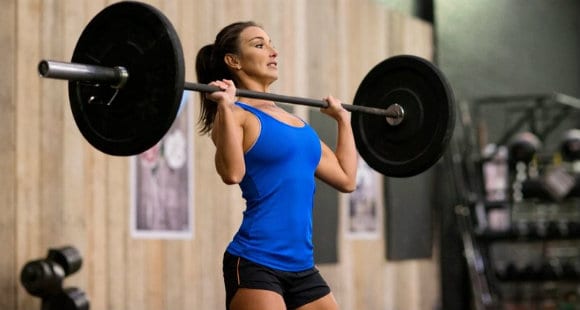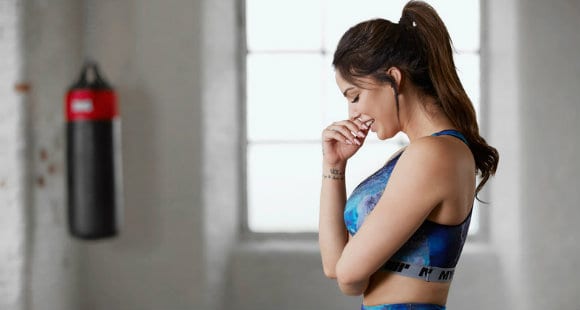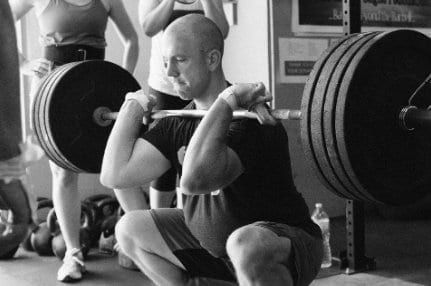By the healthiergang writer , student in Physiotherapy.
Kyphosis
Kyphosis is a condition that is increasingly spreading among people. It consists of one marked flexion of the spinal column in the thoracic area giving an almost humped appearance.
Since the spine is unique, this unnatural alignment affects the entire spine.
For example we tend to assume a "C" alignment of the whole back, bringing the shoulders forward together with the pelvis, forming a sort of arch with the body.

Causes
The causes are now known to most people.
An imbalance in the development of the anterior muscles at the expense of those of the back due to a training program not properly balanced.
Often the cause is also a shortening of the anterior trunk muscles. The shortening is due to incorrect positions you assume for a long time, such as leaning forward on a computer or desk for several hours of the day.
These positions lead to a shortening of the pectoral muscles, shoulders and arms. The shoulders tend to rotate and close in on themselves.
In general, being the backbone something unitary, a forward misalignment of the head causes the rest of the body to follow this shift. One tends to close forward with the chest and also to bring the pelvis forward, forming a sort of "C".
The lower body tends to take this position "for convenience", you gradually feel more inclined to assume this posture and over time this worsens and becomes chronic.
At the level of the pelvis there is therefore a shortening of the muscles that flex the pelvis, such as the Psoas, the rectus femoris. The muscles that flex the spine such as the rectus abdominus are also shortened. The hamstrings, in themselves predisposed to shortening, tend to pull the pelvis, accentuating a retroversion. Finally, the sitting position does not allow the buttocks to play their role as stabilizers in the lumbar area.

Exercises For Kyphosis
The exercises to be practiced to combat kyphosis are aimed at strengthening the adductor muscles of the shoulder blades, extra rotators of the shoulders and also of all the muscles that keep the rest of the spine in correct alignment. The best are the following.
? Classic deadlift
Lo deadlift it allows to train the entire posterior kinetic chain, an element underdeveloped in conditions of kyphosis. In fact, kyphosis induces an elongation in these muscles and the weakness of these cannot counteract this tendency.
The classic deadlift, i.e. placing the hands outside the legs, allows you to effectively train lumbar, gluteus, hamstring and trapezius. In this exercise, focus on good execution rather than aiming to lift heavy loads.
Always keep your lower back in a position of strength, and close the movement with a strong extension of the pelvis without hyper extending the lumbar. At the end of the movement also add an adduction of the shoulder blades and a slight extension of the thoracic spine by contracting the dorsals.
? Front squat
This variant of the squat allows you to train hard the muscles of the shoulder girdle, the adductors of the shoulder blades and the extensors of the thoracic spine.
Barbell placement is a problem for many people.
This is due to a lack of mobility in the extension of the thoracic spine. It is necessary to work on mobilizing the shoulders and the chest to be able to use a “clean” grip (hands on the sides of the shoulders) and not to choose other positions that allow to get around the problem.
The front squat together with the deadlift represent the two main exercises to combat a condition of kyphosis. Focus on these and incorporate them as a fundamental part of your training routine.

? Face pull
This movement allows you to do the opposite of what a kyphotic position is, shoulders extra rotated, shoulder blades adducted and lowered and chest area extended. The face pull is an excellent exercise that should be included in your routine both as a postural exercise and as a hypertrophic stimulus.
Aim on 4 sets of 15 or more reps twice a week, taking care of the execution.
? Pull apart
Grasp the two ends of an elastic band, place the arms straight in front of you and bring the arms to the extra sides by rotating the arms and adding and lowering the shoulder blades. also in this case focus on quality, choosing a low load and doing many repetitions.
Daily Tips
Strengthening the muscles is essential. But it is also necessary to make an effort to maintain proper posture throughout the day.


























